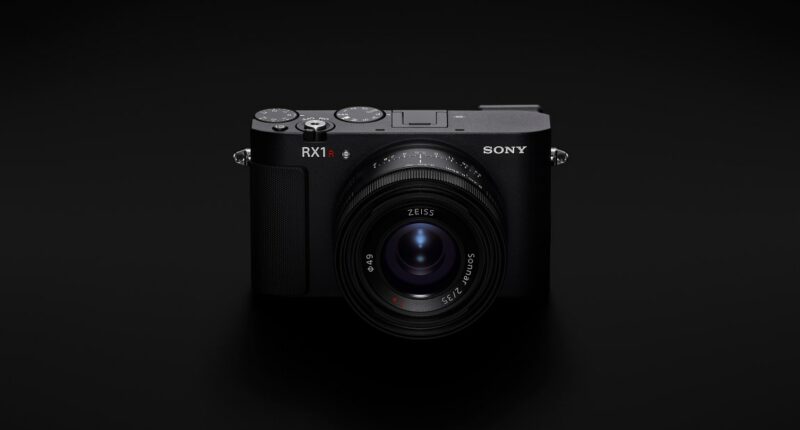Share this @internewscast.com
Sony’s latest camera, the RX1R III, appears to be a fantastic addition for serious photography fans. These enthusiasts have anticipated a new version of the RX1, Sony’s compact full-frame camera, for almost ten years. Given the trend towards more expensive cameras and lenses, the $5,100 price tag isn’t surprising. However, what truly stands out—and not in a good way—is the removal of the tiltable screen from the previous model. The rear LCD is now fixed, which could disappoint street photographers or anyone who appreciates the ease of shooting from unique angles, like from-the-hip or overhead.
Sony’s design team clearly worked hard to keep the dimensions close to that of the previous RX1 model. Despite incorporating several upgrades like a high-resolution full-frame sensor from the A7R V, the latest autofocus technology, a more durable battery, and a proper electronic viewfinder, they managed to maintain the familiar size. Additionally, the camera now integrates top dials and a hot shoe into the body for a more streamlined appearance. Achieving all of this meant making the camera slightly taller and deeper, by 2.5mm and 15.5mm respectively, which is largely due to the Zeiss 35mm f/2 lens extending further.
It seems that if the camera were just a bit thicker or wider, it could have accommodated a moveable screen, which likely wouldn’t have bothered users. The compact design also precludes any form of lens or sensor-based image stabilization, which is missing here too. However, it’s worth noting that previous RX1 models didn’t include stabilization either.
Unrelenting dedication to smallness has been a long-standing issue of mine with Sony cameras. The Alpha line of mirrorless cameras have been technological marvels for years, and its innovations like eye-detect tracking autofocus helped lead the migration from DSLRs. At first, the move to mirrorless was all about smaller cameras, but Sony showed that better autofocus, electronic viewfinders, faster burst shooting, and higher video quality were all a bigger part of the equation. It’s why I personally own and use Sony Alpha cameras, even for paid gigs. But if I was choosing based on handling and comfort (which are important, especially when you’re sometimes shooting for 10-hour days), I would have stuck with Nikon or Canon.
I’ll commend Sony for making some inroads in the ergonomics department with its A9 III and A1 II cameras. They have deeper grips that are definitely better, and it’s partly why I upgraded my A9 II to a III. But even with that better grip, I can still get that dreaded “Sony knuckle” pain in my finger after a long day’s shoot.
I know part of the RX1’s ethos is putting a lot of camera into a very small package, even smaller than the incredibly popular Fujifilm X100VI, but it’s not like these are pocket-sized cameras. You still have to wear them over your shoulder on a strap or keep them in a bag. It’s no different than how I handle my Leica Q2, which is noticeably bigger. The Q2 is also a more ergonomically friendly camera to use than the RX1 and RX1R II, which I tried years back during my days working at a camera store.
Sony is charging Leica-level prices for the RX1R III, but it’s being stubborn about size to not accommodate a feature it already had. Meanwhile, Leica compromised slightly on its formerly-immaculate design when it fitted the Q3 with a bare-minimum tilt screen. Why? Because its users were clamoring for one.
I’ve wondered for a few years now if a potential RX1R III might sway me to sell my Q2 as my everyday camera and go all-in on Sony. The conveniences of Sony’s autofocus system, even for grabbing casual snaps of my chaotic 1.5-year-old, often already has me toting around my Alpha cameras over my Leica anyway. I’m sure I could still be convinced to make that switch, but when I pictured that hypothetical I didn’t expect to lose the conveniences of a tiltable screen like I’m accustomed to on my Alpha bodies.
Sony cameras are known for offering kitchen sink-levels of features. With the RX1R III, I think it falls just short. And at a high cost.








